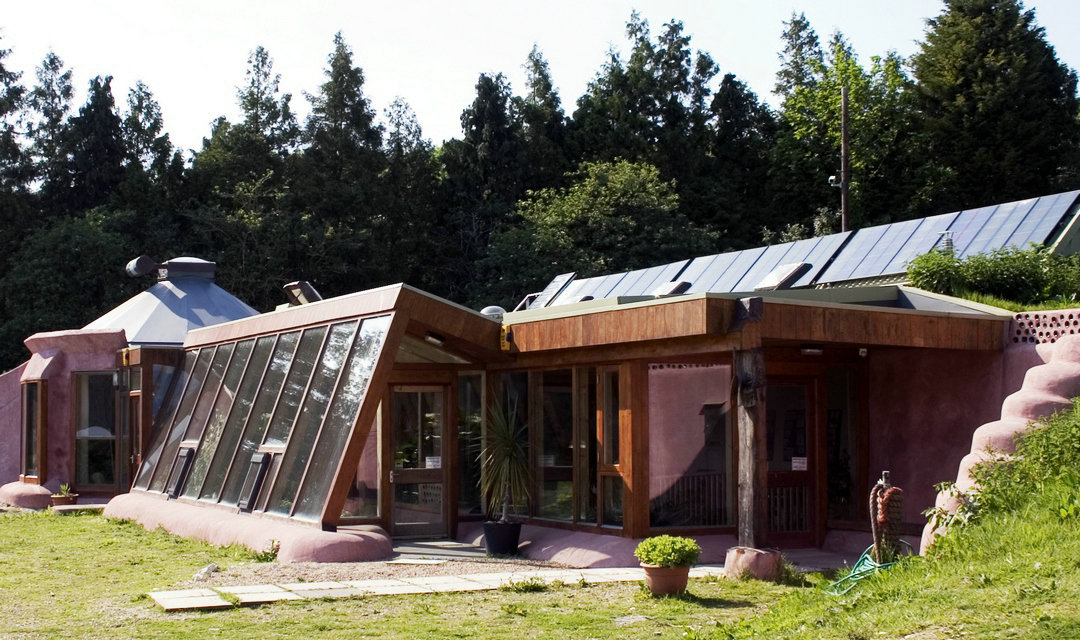Experimental architecture


Experimental architecture is a branch of architectural discipline concerned with the development of conceptual projects challenging conventional and consolidated practices. Its main objective is to explore original paths of thought and develop innovative design tools and methodologies.
Experimental Architecture was brought into discourse by Peter Cook in 1970, with the publication of his book “Experimental Architecture”. Through critical readings of several twentieth century projects – architectural and urban – Cook instigated ways of counteracting the architectural rules that “falls back upon tradition, stylization, or cant.”
Definition
The definition of Experimental Architecture as a distinct disciplinary field is mostly due to the work and research of Lebbeus Woods, who devoted his career to the exploration of the potential carried by an experimental approach to architecture. In 1988 Woods founded the Research Institute for Experimental Architecture (RIEAch), with the intent to promote and develop experimental methods within architectural education and practice. The first RIEAch conference on Experimental Architecture was held August 4–8, 1989, at the Emmons Farm in Oneonta, New York. Since then, Experimental Architecture has influenced the pedagogy of various schools and institutions, such as SCI-ARC, Los Angeles; Cooper Union, New York; and “The Bartlett” (Faculty of the Built Environment) at University College London.
Methodology
Following Woods’ scholarship, Experimental Architecture applies a scientific approach to research, requiring that developments of tools and methodologies can be recorded, evaluated and discussed among a community of peers. The contextualization in scientific tradition derives, for example, from Woods’ interest in Newton’s cause-and-effect determinism; his critique of Descartes; and his dedication to deploy design practices for exploring alternatives to Cartesian space.
Source From Wikipedia